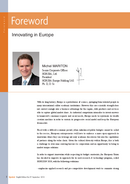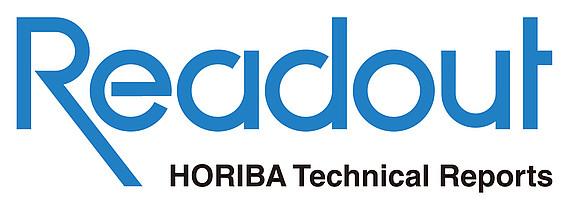PDF
3.18
MB

Innovating in Europe


READOUT is a technical journal issued by HORIBA. The name "READOUT" represents our sincere desire - helping readers understand the company's proprietary products and technologies by offering information about them. Since its first issue in July 1990, the journal has been published biannually.
